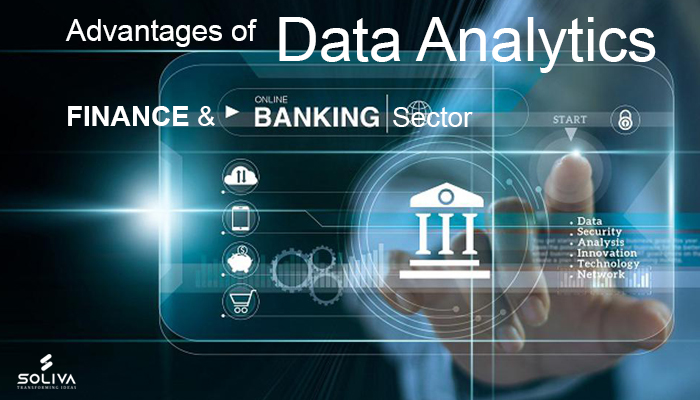How data analytics is beneficial for the finance and banking sector?
The past few decades have heard a common buzzing word ‘data analytics’ that has left an impression on the entire digitization system. Many industries are now progressing towards bringing some effective changes in their operations in the form of data science.
However, do you know why data analytics in the banking sector secured an important place?
Check the reasons listed here:
Banks need to build loyalty so that people find them trustworthy to invest in different schemes. The transparency and sophistication of banking products and services have initiated some decision-making tools for the betterment of the investors. To ensure flawless services, the banking sector utilizes the data for advanced analysis.
Analyzing data further leads these banks to understand how much profit they can attain. Also, they can assess how to maximize the profitability to engage the investors with a smooth operation.
How do banks use data analytics?
Data analytics in banks are mostly utilized in three sections – demand, supply, and risk management. Well, it helps a bank understand whether the clients are paying on time. It allows them to analyze how customers are using their credit cards. Also, data analytics looks into the security aspects of a bank.
Let’s check some examples of how data analytics help a bank:
Fraud detection!
Reducing fraudulent activities is one of the prime areas that banks always look into. Analytics can manage the risks and cut down the probability of fraud intervention.
Risk management:
If risk modeling is done correctly, people can decrease the overall risk of the portfolio and improve its performance.
Liquidity risk:
It is nothing but a threat to a bank that its assets might fall too below to meet the liabilities. Data analytics tools can detect the situation and manage this risk easily.
Now, let’s find out the advantage of Data Analytics in the financial services industry:
Well, financial industries nowadays do not only look into their products but also keep an eye on the customers. It’s true that without customer satisfaction no financial institution can emerge. So, they give priority to two primary things:
(a) Sustaining the old clients,
(b) Acquiring new clients.
Here’s how data analytics help a financial institution:
Improve client experience:
Thousands of clients are visiting financial institutes every day and seeking a good investment scheme. Analyzing customer preference helps an institution sketch its marketing campaign. It further generates more leads!
Expand efficiency:
Analytics develops new insights to streamline the current offerings of the institute. Therefore, the process becomes more efficient and transparent.
Lifetime protection for clients:
Customer lifetime value is a term that defines the money invested by the customers that will be spent with a bank over a lifetime. It measures the value of a customer and further suggests to them the best investment opportunities.
So, to conclude with
Data analytics is no doubt a key component that helps a financial institute or bank run successfully. Soliva Technologies offer Data Analytics Solution in Banking & Financial Sectors.









